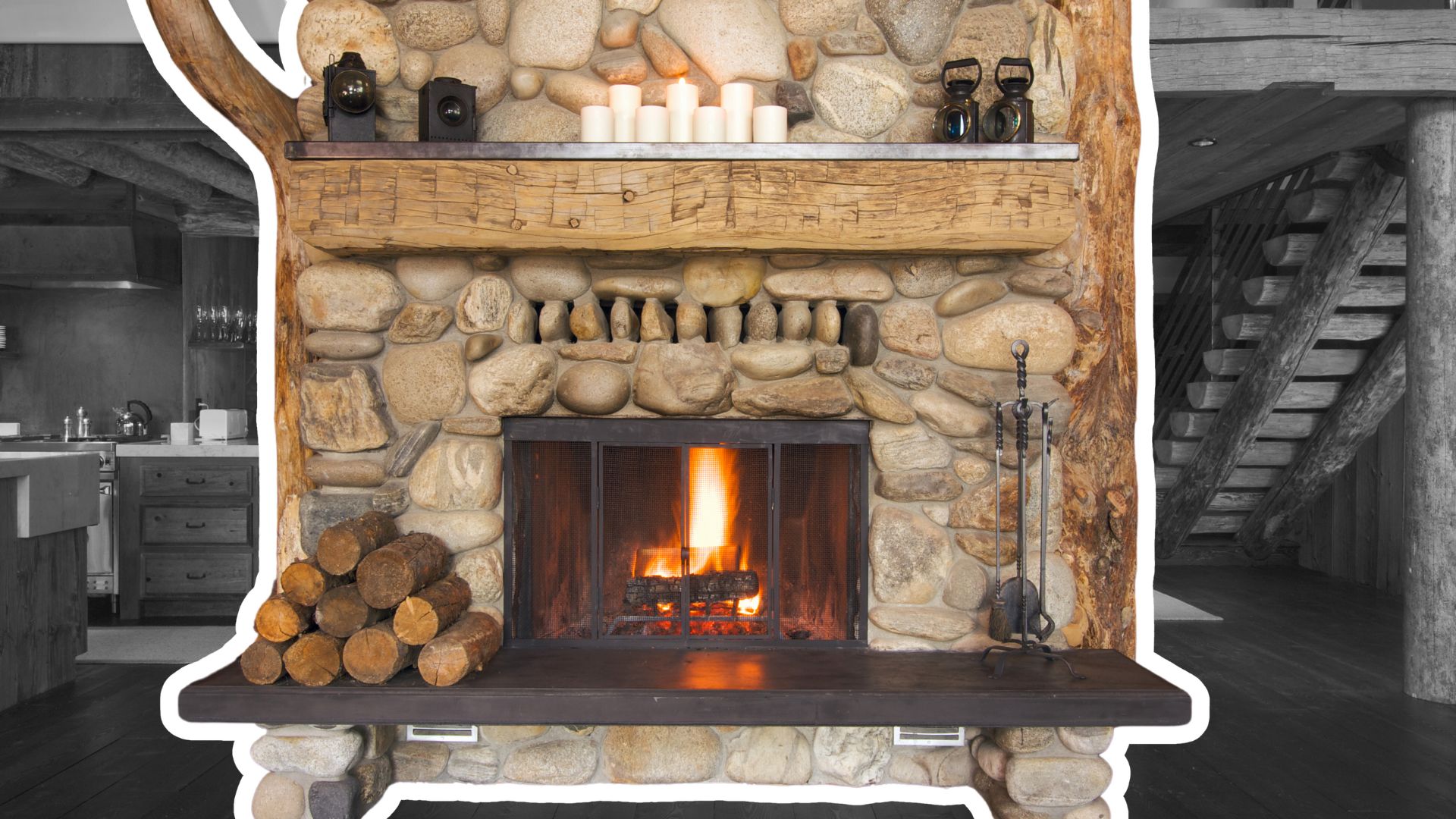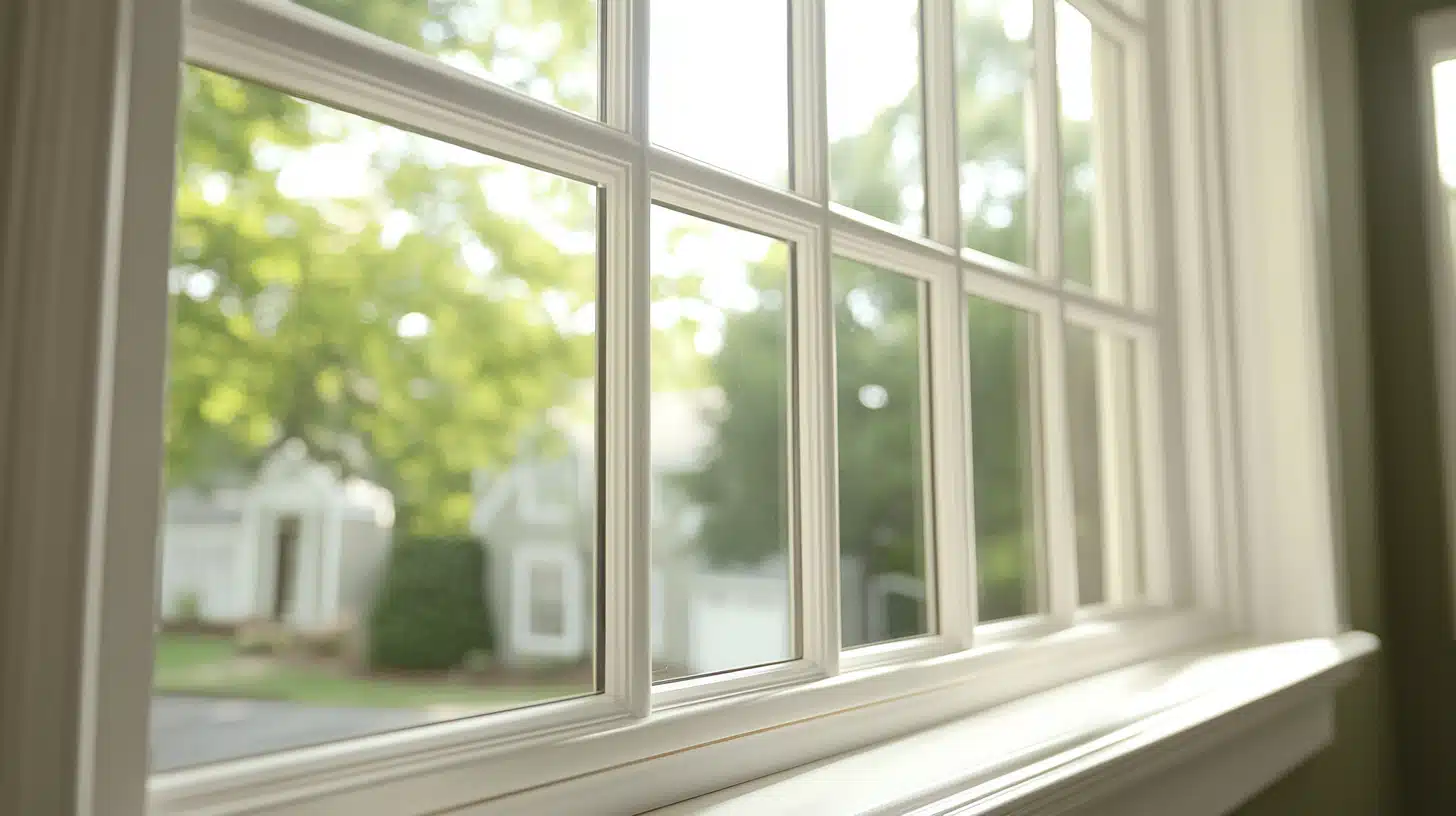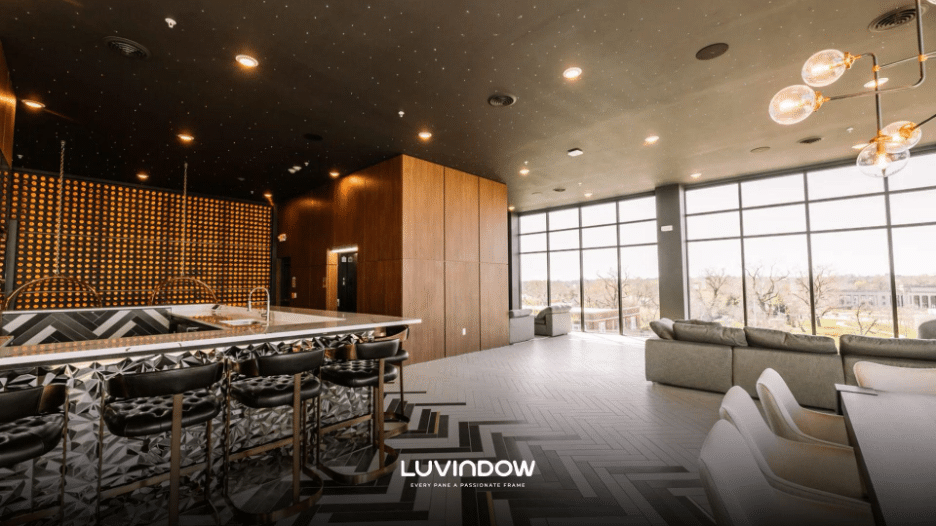Measuring Fireplace Hearth Dimensions: A Detailed Guide
We know that a cozy fireplace can be the heart of any home. But did you know that getting the right hearth dimensions is key to both safety and style?
Many homeowners struggle with this, unsure of how to measure correctly or what size they need.
We’re here to help. In this guide, we’ll walk you through the process of measuring your fireplace hearth dimensions step by step.
We’ll cover everything from understanding basic hearth components to navigating building regulations.
By the end of this post, you’ll have the knowledge to confidently measure and choose the perfect hearth for your fireplace.
Whether you’re updating an old hearth or installing a new one, we’ve got you covered. Let’s start creating a safe and inviting focal point for your living space.
What is a Fireplace Hearth?
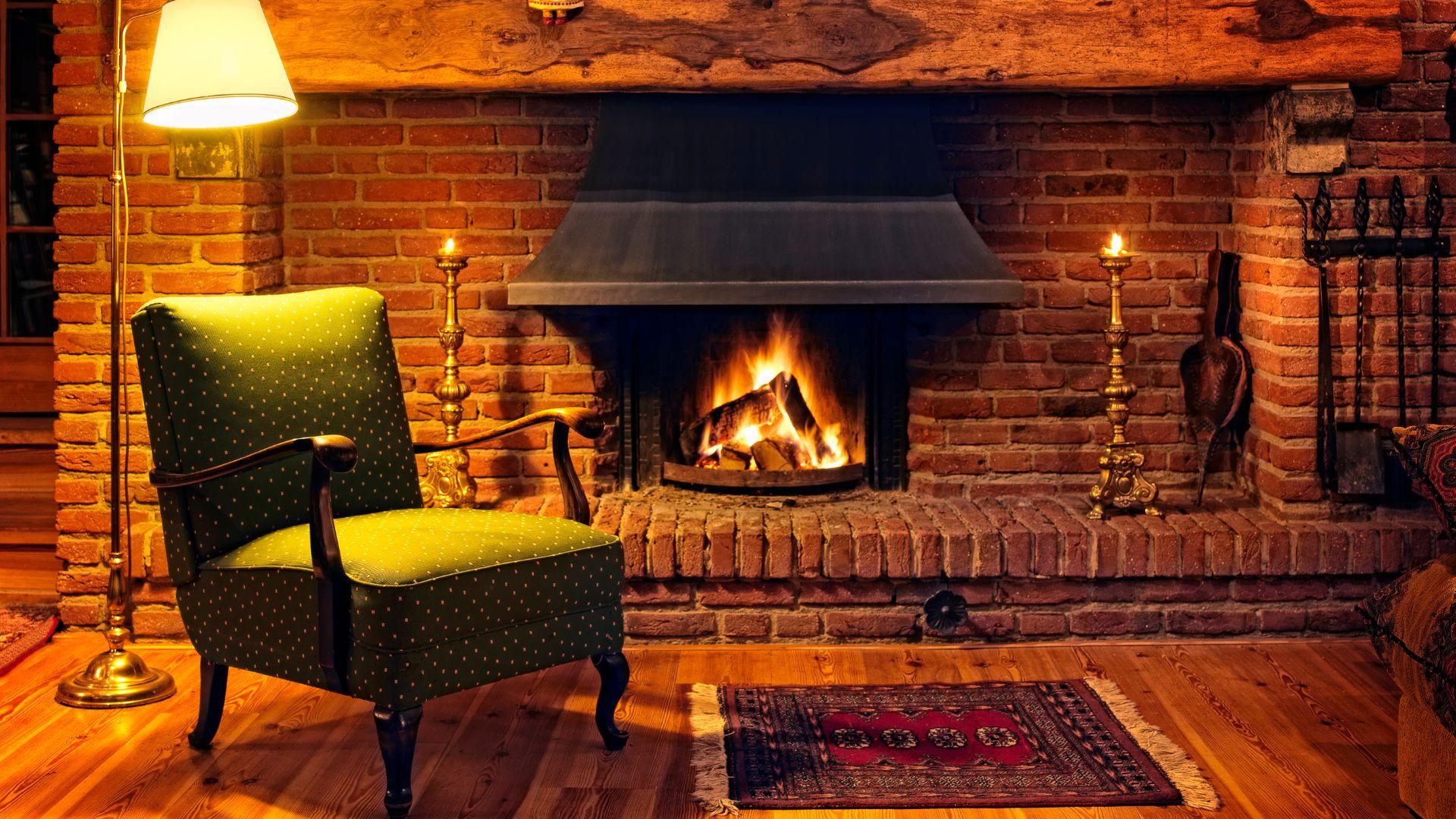
A fireplace hearth is the non-combustible floor area right in front of a fireplace. Its main job is to stop sparks, embers, and heat from hurting your floor or nearby stuff.
But it’s not just about safety – it’s also a big part of how your fireplace looks.
Hearths have been around for ages. They’ve been the center of homes for hundreds of years. Back then, people would gather around the hearth for warmth and cooking.
Today, we still love them, but now they’re more about making our rooms look nice while keeping us safe.
The hearth usually sticks out into the room a bit. It’s often where the fire sits. You can find hearths made from different stuff like stone, brick, or tile.
These materials are great at handling heat. The size and look of your hearth can change based on what kind of fireplace you have and how your room is set up.
What Is Hearth Extension (Hearth Pad)?
A hearth extension, also called a hearth pad, is an important part of your fireplace setup. It’s the area of floor that stretches out in front of your fireplace, and sometimes to the sides too.
This extension serves a big purpose – it’s there to keep your home safe. If any sparks or burning bits jump out of the fire, the hearth extension catches them.
It also protects your floor from getting too hot. Usually, it’s made from the same tough, heat-resistant stuff as your hearth, like stone, brick, or tile.
Why Proper Fireplace Hearth Dimensions Matter
Getting the right size for your hearth is super important for safety. The main reason is to stop fires from starting.
When your hearth is the right size, it keeps heat, sparks, and burning bits in a safe spot. If the size is wrong, you could end up with damaged floors, walls, or even worse – it could hurt the whole structure of your house.
But it’s not just about safety. The size of your hearth also affects how your room looks.
When it’s just right, it makes your fireplace look great and balanced. It becomes a nice centerpiece for your room. If it’s too big or too small, it can make your fireplace look weird or out of place.
There are also rules about hearth sizes. These rules are there to keep everyone safe. If you don’t follow them, you might get fined or have trouble with your home insurance.
It could even cause problems if you want to sell your house later. So it’s really important to get those fireplace hearth dimensions right!
Standard Fireplace Hearth Dimensions and Regulations
For smaller fireplaces (under 6 square feet), hearths usually extend 16 inches in front and 8 inches on each side.
Larger fireplaces need bigger hearths – 20 inches in front and 12 inches on sides.
These sizes keep your home safe from heat and sparks.
Local building rules set hearth size limits for safety. It’s crucial to follow these to avoid fire risks and insurance problems.
Wood or coal fireplaces need thicker hearths, sometimes up to 250mm if on a wooden floor. Gas and electric fireplaces often have smaller hearths.
Rules can vary by location, so check local codes or ask a pro. Not following rules can lead to fines or resale issues. For custom fireplaces, it’s best to consult an expert to ensure your hearth meets all safety standards.
Tools Required to Measure Fireplace Hearth Dimensions
| Tool | Purpose |
|---|---|
| Tape Measure | To accurately measure the width, depth, and height of the hearth, as well as the extension from the fireplace opening. |
| Level | To ensure that the hearth and hearth extension are even and level across the entire surface. |
| Notepad | To record measurements and any notes during the measurement process. |
| Pencil or Pen | To mark reference points on the hearth or floor for precise measurements. |
| Straightedge or Ruler | To assist in drawing straight lines or confirming the evenness of surfaces. |
How to Measure the Fireplace Hearth Dimensions
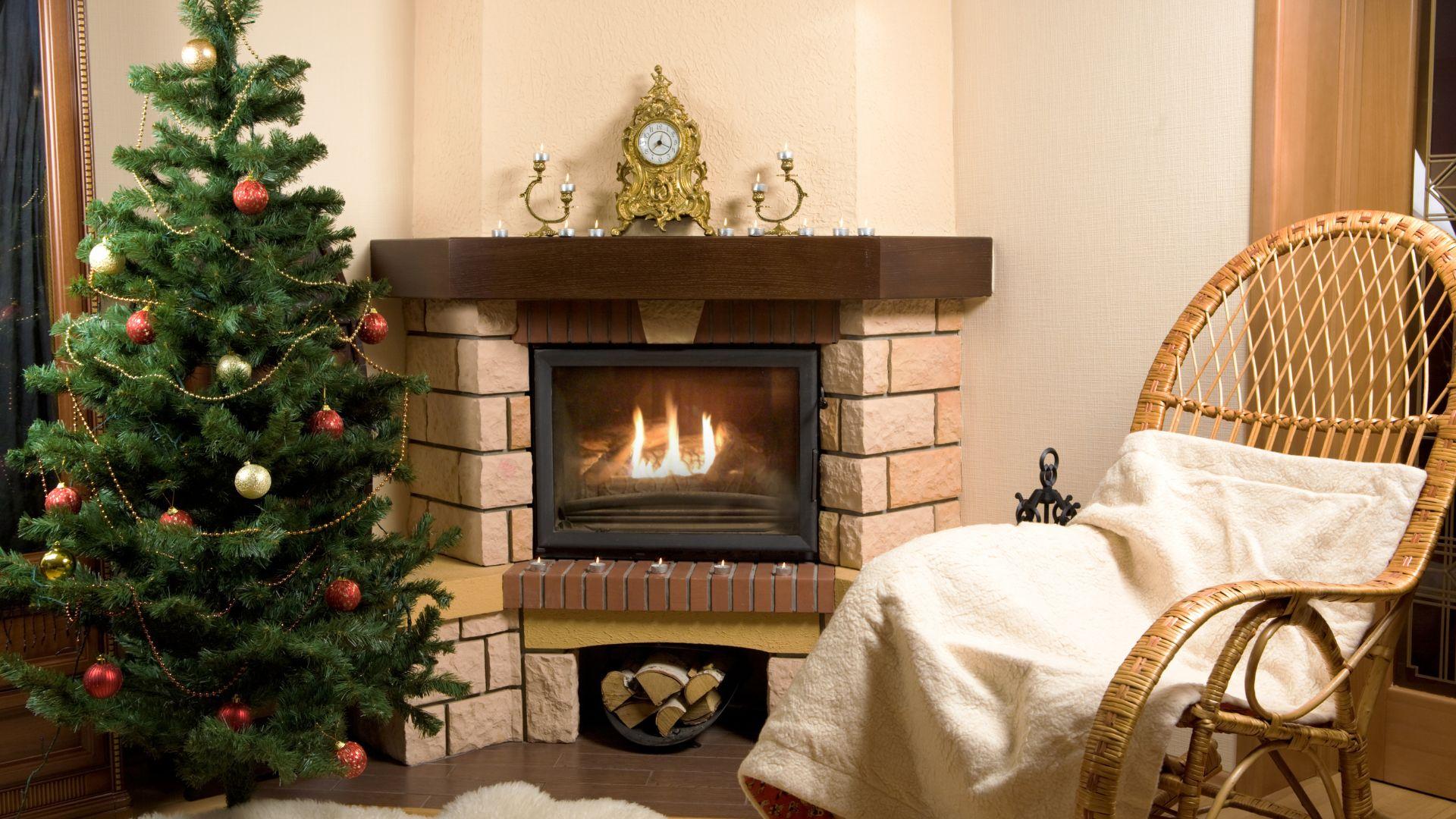
To measure your hearth, you’ll need a tape measure, level, and notepad. Here’s how:
How to measure:
- Width: Full fireplace opening, including trim
- Depth: Back of fireplace to front edge of hearth
- Height: Floor to top of hearth surface
Wood-burning fireplaces need bigger, thicker hearths due to high heat. They often need to be 250mm thick if on a wooden floor.
Gas fireplaces can have thinner hearths but still need proper width and depth. Electric fireplaces have fewer rules, but you’ll want the hearth to look good with your fireplace.
Remember to check the thickness and clearance around your hearth.
This keeps your home safe and follows building rules. The type of fireplace you have will affect these measurements, so double-check what’s right for yours.
How to Measure the Hearth Extension (Hearth Pad)
To measure your hearth extension, you’ll need a tape measure and a level.
Steps to measure:
- From fireplace opening edge, measure outward into room
- Check width matches the hearth
- Ensure surface is even and level
For small fireplaces (under 6 square feet), your extension should stick out at least 16 inches in front and 8 inches on each side.
If you’ve got a bigger fireplace (over 6 square feet), you’ll need more space – at least 20 inches in front and 12 inches on the sides.
These sizes aren’t just for looks – they’re often part of local building rules and are really important for keeping your home safe.
Common Mistakes to Avoid When Measuring Fireplace Hearth Dimensions
When measuring your fireplace hearth, it’s easy to make a few slip-ups if you’re not careful.
1. Measurement Errors
People often forget to include the fireplace trim in the width or don’t start from the back wall for depth.
Some also forget to check if the surface is level. These errors can mess up your design and safety. Always measure carefully and check your work twice.
It’s better to spend extra time measuring than to find out later that your hearth doesn’t fit right.
2. Regulation Oversights
Ignoring building codes is a costly mistake. Each area has rules about hearth sizes, and not following them can lead to fines or redoing your work.
Also, don’t overlook hearth thickness and material. Different fireplaces need different specs. A wood-burning fireplace needs a thicker, tougher hearth than an electric one.
Picking the wrong type could be unsafe. If you’re not sure about the rules or materials for your fireplace, ask a pro for help.
Summing It Up
Now that we’ve walked through measuring your fireplace hearth, you’re well-equipped to tackle this important home project.
Remember, getting fireplace hearth dimensions right isn’t just about looks – it’s crucial for safety and compliance too.
Whether you’re updating an old hearth or installing a new one, take your time with measurements. Double-check your work, and don’t hesitate to consult local building codes or a professional if you’re unsure.
A well-measured hearth not only keeps your home safe but also enhances the beauty of your fireplace. It’s the foundation that turns your fireplace into a cozy focal point.
Ready to get started? Grab your tape measure and level, and begin creating the perfect hearth for your home.
Your future self, enjoying warm evenings by the fire, will thank you for your careful work today.

